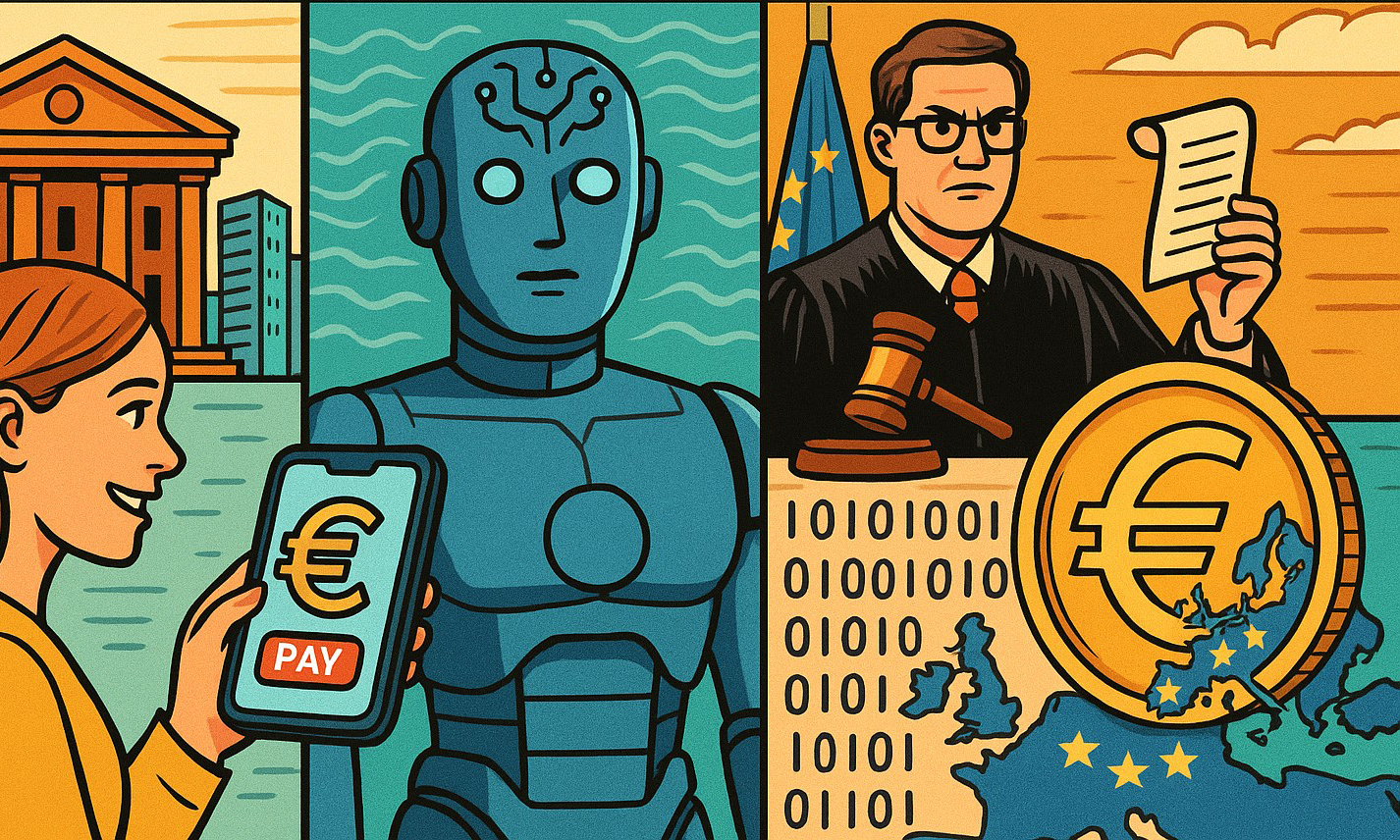
The volume “Digital Finance in the EU: Navigating New Technological Trends and the AI Revolution”, published in cooperation between the European University Institute and the European Commission, explores how digitalisation and the rapid rise of artificial intelligence (AI) are reshaping the European financial sector. This is not just a handbook for supervisory authorities but a broad analysis that highlights both the opportunities and risks of digital finance for anyone interested in the future of financial services.
The Explosive Growth of Digital Payments
One of the most visible changes has been the rapid spread of digital payments. Smartphone-based solutions, instant payments and increasingly secure e-commerce transactions have made digital payments the main entry point for people into the world of financial technologies. Forecasts suggest that the number of digital payment users will reach several billions in the coming years, making it the most powerful sector in the entire FinTech ecosystem.
In Europe, this growth has been accelerated by open banking rules that allow customers to securely share their financial data and use innovative services. The new legislative updates – PSD3 and the Payment Services Regulation (PSR) – aim to make payment systems more integrated and transparent, bringing more competition and innovative solutions to the market.
Innovation and Regulation Hand in Hand
While in many parts of the world new technologies tend to develop first through market forces and only later face regulation, Europe has taken a different path. Here, regulation is used deliberately to promote innovation. For example, MiCA provides a clear legal framework for the crypto-assets market, while DORA sets standards for digital resilience in the financial sector.
At the same time, discussions are ongoing about the digital euro – a potential payment instrument issued by the European Central Bank. The digital euro would complement cash and existing electronic payments by offering citizens and businesses a secure, state-backed digital solution that strengthens the single market and reduces dependence on external providers.
The Rise of Artificial Intelligence
Perhaps the most transformative trend is the widespread use of AI in financial services. AI helps banks and insurers assess credit risk, detect fraud, manage portfolios and even measure the sustainability of investments. Its greatest strength lies in its ability to process massive volumes of data and uncover patterns invisible to humans.
However, risks are also emerging. Algorithmic trading may amplify market volatility, biased AI models may lead to unfair decisions, and high energy consumption raises environmental concerns. This is why the EU has adopted the AI Act, which introduces strict requirements for high-risk systems – for instance those used in credit scoring or insurance risk assessments – to ensure transparency and fairness.
Digital Transformation of Supervisory Authorities
As markets evolve, supervisory authorities are also transforming. SupTech solutions give financial inspectors and central banks new tools to oversee markets. With AI and big data, they can identify fraud faster, analyze consumer complaints and forecast systemic risks.
Progress, however, is uneven: while some countries are moving ahead quickly, others face shortages of funding and skills. This makes cooperation and knowledge-sharing essential to avoid fragmentation and to strengthen supervisory capacity across Europe.
A Geopolitical Dimension
Digital finance is not only about technology and markets – it has also become a geopolitical issue. US and Chinese tech giants play a major role in Europe, especially in cloud services and payment networks. For instance, American firms dominate the global cloud market, making European financial institutions heavily dependent on external providers.
At the same time, governments are debating how to secure digital sovereignty, develop home-grown AI solutions and prepare for the adoption of central bank digital currencies (CBDCs). Whoever sets the standards for AI and digital money will also influence the future of global finance.
Europe at a Crossroads
The publication makes clear that Europe stands at a crossroads of opportunities and risks. On the one hand, new technologies offer unprecedented potential to make financial services faster, cheaper and more inclusive. On the other, they bring risks to market stability, cybersecurity and public trust.
The key to success lies in combining innovation with responsible regulation. With its strong regulatory framework, the EU has already laid a solid foundation – but the coming years will show how well these rules can be put into practice.
Summary by DigitalTrade4.EU
